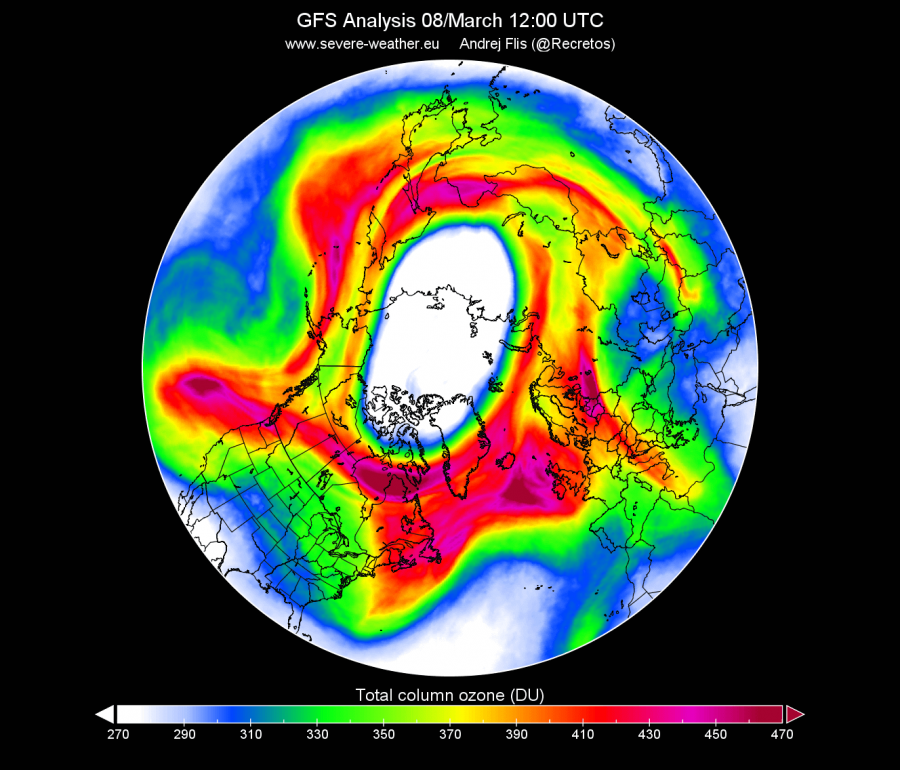
Coronavirus COVID-19 Outbreak
We can’t ignore the ongoing coronavirus outbreak across the world. Its spreading and prevention is also dependant on weather conditions, just like with the seasonal flu, which tends to diminish as the weather gets warmer. That is because, in warmer/hotter weather, buildings have more air circulation, people tend to congregate less and are also more exposed to UV light (UVC) which can kill airborne flu viruses. In the case of the COVID19, it was shown not to be exactly the same as a normal flu virus, so it is rather unknown how the warmer weather might affect its spreading. It was suggested by some experts that a 10-20% reduction in transmission of the virus could be expected in warmer weather. But as we have seen above, if the stratospheric warming events and the eventual polar vortex collapse would instigate colder than normal weather into Europe and the United States (and also other already affected regions), that could have a potential negative impact on the spreading of the virus. People’s immune system tends to be weaker in colder weather. The rapid warm/cold weather changes can also have a negative impact on the human immune system. In the case of the Coronavirus COVID-19, the strength of the immune system has been shown to play a major role in the body’s response to the virus, just like with the ordinary seasonal flu. A stronger immune system prevents less severe symptoms and can prevent major complications during the infection with the virus. Also, for example, if some region is under a high-pressure system, an inversion can occur, which can trap the dust and smog particles at the surface layer in major cities. That can cause respiratory problems with some people, which was shown to be dangerous if combined with a COVID-19 infection. It is well known that weather plays an important role in global healthcare, and it is no different (or even more important) during the current global Coronavirus outbreak.
